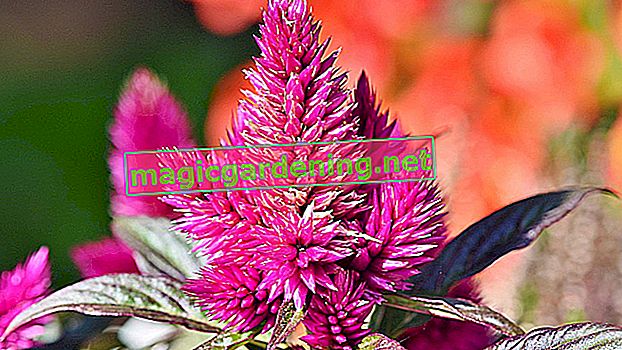
Without protection, she gets through the winter time
The pseudo-berry belongs to the heather family. It originally comes from parts of North America, Canada and the Himalayas. Due to its home, it copes well with frost.
also read
- What is important in caring for the pseudo-berry
- The pseudo-berry: poisonous or edible?
- Plant and care for pseudo-berries
The pseudo-berry is hardy in this country. Therefore, you do not need to protect your shamrock - whether outdoors or in a pot on the balcony - in winter. It can handle frosts down to -20 ° C.
Protect in extreme times
If the temperatures drop to extremes, winter protection is not a mistake:
- also protect as a precaution when replanting in autumn
- do not put in and overwinter there (too warm)
- The following are suitable as protection: Fir branches and spruce branches
- the twigs also serve as protection against bald frost
- For pot culture, cover with fleece and place on the house wall
Do not fertilize anymore from August!
It is extremely important that you do not fertilize your pseudo-berries for too long! From August onwards fertilization should be stopped. Anyone who still fertilizes afterwards prevents the shoots from maturing / lignifying. Immature shoots are sensitive to frost and frost damage will not be long in coming.
Beware of winter wetness and drought
Care must not be neglected in winter either. Make sure that the pseudo-berry is not exposed to winter wetness. Drought is also deadly. Check the soil regularly for poppy berries and, if necessary, water sparingly on frost-free days. The evergreen foliage also evaporates in winter water ...
The fruits grow in winter time
The ornamental fruits of the pseudo-berry develop from October. They remain with their bright red color until spring. They withstand the cold and usually do not fall off. That makes the pseudo berry such a valuable plant in winter time!
Tips
A bit of sun in winter doesn't do any harm. Quite the opposite: a portion of sun causes the evergreen foliage of the pseudo-berries to turn reddish to brownish.








